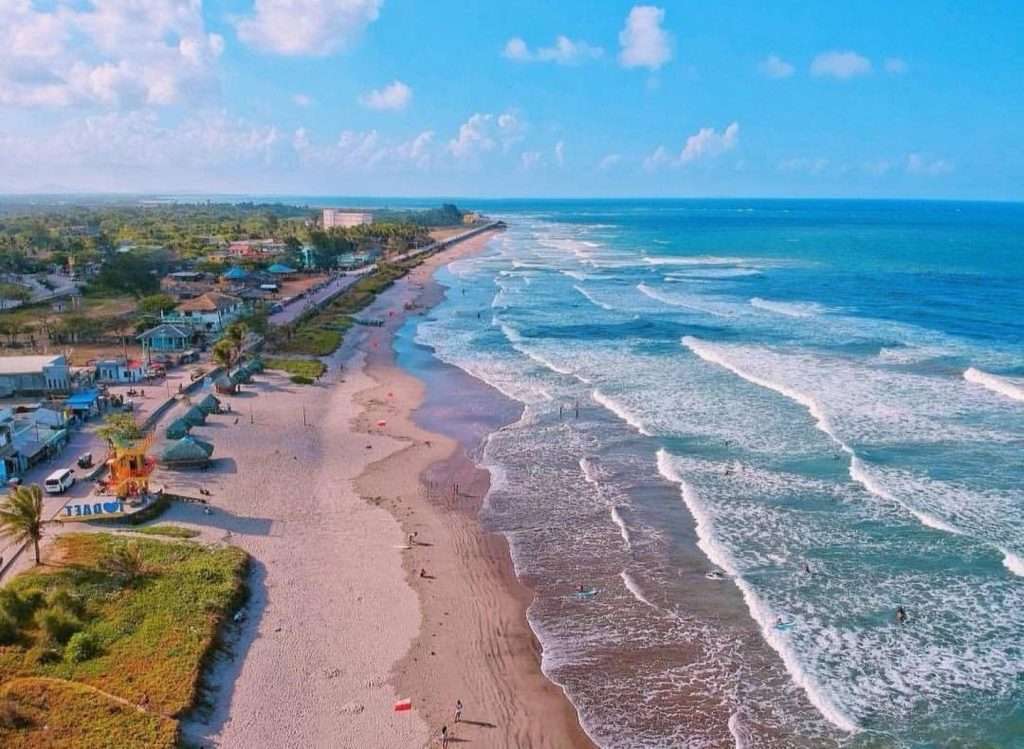

Camarines Norte, officially the Province of Camarines Norte, is a province in the Philippines located in the Bicol Region in Luzon. Its capital is Daet. The province borders Quezon to the west, Camarines Sur to the south, and the Philippine Sea to the north. It has historically been a Bikol-speaking region. However, there has been a language shift in recent years to Tagalog, which is more commonly used nowadays.
Camarines Norte is nestled between two regional tongues such as Tagalog and Bicol. It has a distinction for being a crossroads of the Tagalog and Bicol cultures. As of the latest count, there are more Tagalog speaking people in Camarines Norte than those who have Bicol as their native tongue. This linguistic situation lends itself to a greater cultural cohesion with Bicolanos and Tagalog because it provides a wider corridor for Camarines Norte to have larger cultural base.
Camarines Norte boasts breathtaking beaches, majestic waterfalls, crystalline rivers, verdant and lush mountains, historic churches and shrines, vastly rich cultural heritage, distinctive cuisines, the World's First Ever Rizal Monument, and kind-hearted and good-natured people. It is reputed to be the Land of Gold and Golden Oppurtunities.
Camarines derives its name from the Spanish word camarin, meaning rice granary or warehouse. Camarines was divided into Camarines Norte and Camarines Sur in 1829. The two were united as Ambos Camarines in 1854 but separated again in 1857. North and South were again united in 1893. On March 10, 1917, the Philippine Legislature passed Act. 2711, authorizing the governor general to divide the province into Camarines Norte and Camarines Sur.
After cutting through the thick rainforest of Quezon province going south, Camarines Norte is the first Bicol province to be reached, about 300 kilometers from Manila.
Camarines Norte is blessed with a dense rainforest, habitat of numberless variety of wildlife.
It used to be the home of a big group of Agtas (Negritos), the country’s early aborigines.
The Spanish colonization of Luzon in 1571 drive this peace-loving little people to move to higher levels of the woodland. Drawn by the rumor of immense deposit of gold found in Camarines Norte at the towns of Mambulao and Paracale, the Spaniards mastered in exploring the gold mining potential. Today, is stayed as a signature industry of the province.
More magical in Camarines Norte is the large unshaken pineapple plantation. Capitalizing on this viable product, the people formed an enchanting yearly celebration called Pineapple Festival every May to express their gratitude to this God-given bounty, making a powerful show of unity towards the prosperous industry. Travelers can easily purchase these sweet pineapple on stalls brightly arrayed along the Pan-Philippine Highway before entering the capital town of Daet.